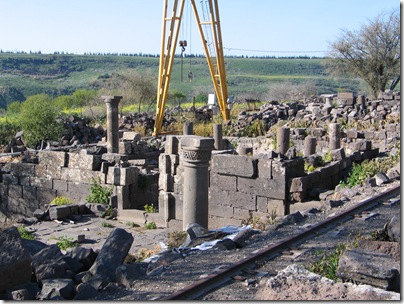The following lectures are free, open to the public, and held in the Breasted Hall of the University of Chicago, Oriental Institute.
Wednesday, Nov 7, 7pm-9pm
Allison Thomason, “Banquets, Baubles and Bronzes: Material Comforts in Neo-Assyrian Palaces”
Wednesday, Dec 5, 7pm-9pm
Scott Branting, “Mapping the Past”
Wednesday, Jan 9, 7pm-9pm
Harald Hauptmann, “Neolithic Revolution of the Ancient Near East”
Wednesday, Feb 6, 7pm-9pm
Terry Wilfong, “Anxious Egyptians: Personal Oracles as Indices of Anxieties in the Later Periods”
Wednesday, Mar 5, 7pm-9pm
David Schloen, “Excavations at Zincirli”
Wednesday, Apr 2, 7pm-9pm
Nadine Moeller, “Tell Edfu, Egypt”
Wednesday, May 7, 7pm-9pm
Larry Stager, “Excavating Ashkelon, Sea Port of the Phillistines”
Wednesday, Jun 4, 7pm-9pm
Stuart Tyson Smith, “Death at Tombos: Pyramids, Iron, and the Rise of the Nubian Dynasty”
